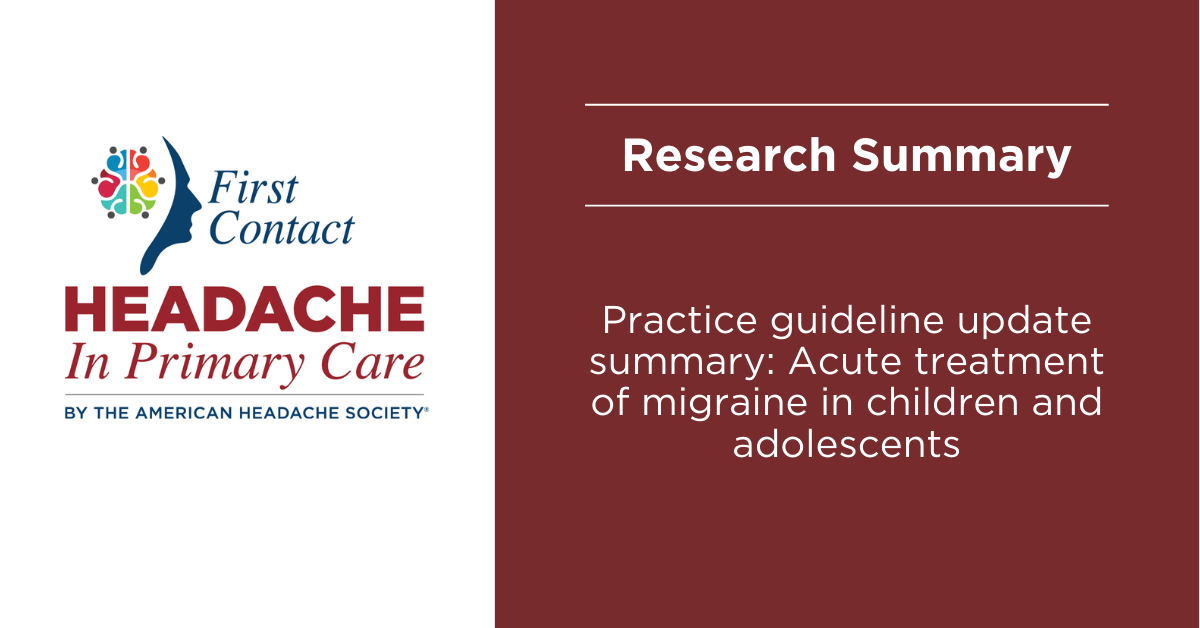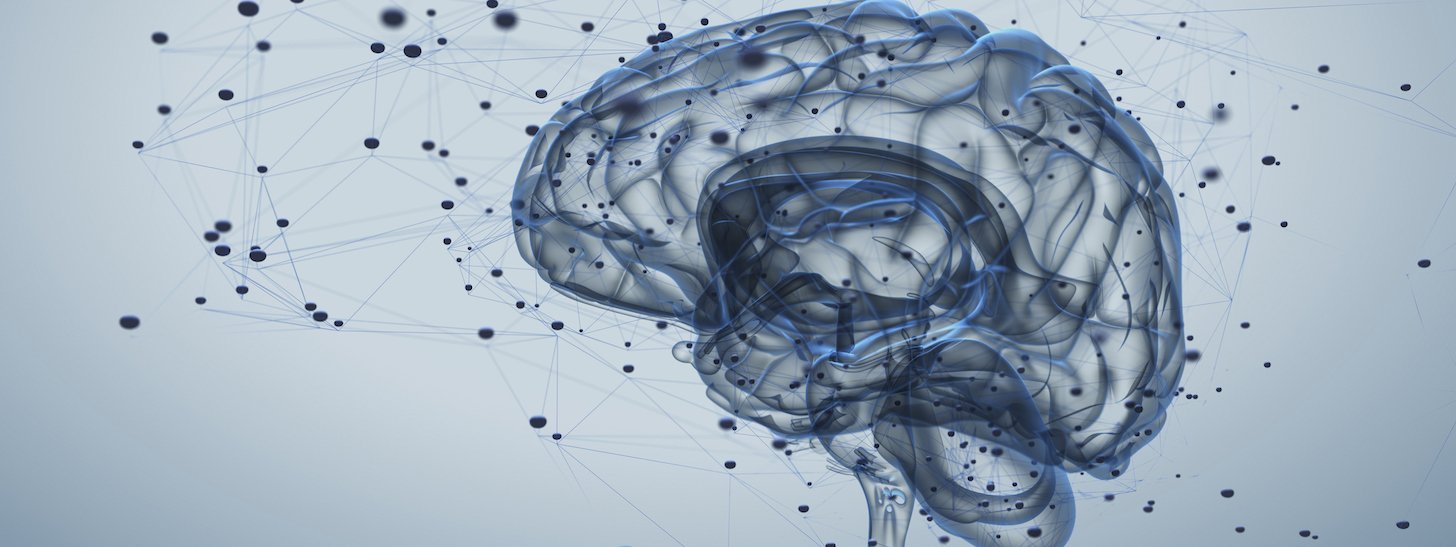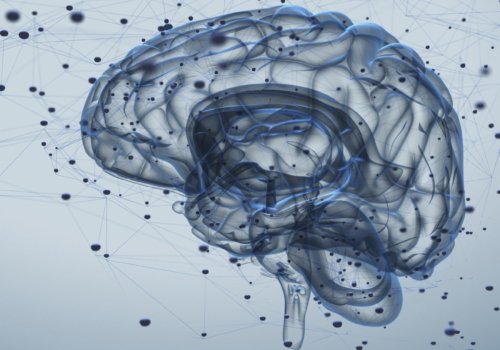
Research Summary: Acute Treatment of Migraine in Children and Adolescents
Headache®: The Journal of Head and Face Pain published Practice guideline update summary: Acute treatment of migraine in children and adolescents Report of the Guideline Development, Dissemination, and Implementation Subcommittee of the American Academy of Neurology (AAN) and the American Headache Society (2019).
A subcommittee of the American Headache Society (AHS) and the American Academy of Neurology (AAN) performed a systematic review of the literature and rated the risk of bias of included studies according to the American Academy of Neurology classification of evidence criteria to provide evidence‐based recommendations for the acute symptomatic treatment of children and adolescents with migraine.
Study Overview
- Objective: To provide evidence-based recommendations for the acute symptomatic treatment of children and adolescents with migraine.
- Subcommittee of AAN convened a multidisciplinary panel with patient representative members.
- Systematic review of the literature on the acute pharmacologic treatment of migraine in children and adolescents and rated risk of bias of included studies according to AAN classification of evidence criteria were done.
- Trials of medications administered IV were not included.
- The outcomes evaluated were reduction of headache pain and associated symptoms (photophobia, phonophobia, nausea, or vomiting) at specific time points (typically from 30 minutes to 2 hours).
Study Results
- There is evidence to support the efficacy of the use of ibuprofen, acetaminophen (in children and adolescents), and triptans (mainly in adolescents) for the relief of migraine pain, although confidence in the evidence varies between agents.
- No acute treatments were effective for migraine-related nausea or vomiting; some triptans were effective for migraine-related phonophobia and photophobia.
Implications for Primary Care Clinicians
Practice recommendations include:
- Establishing a specific headache diagnosis, knowing contraindications, treating migraine attack early
- Initiating individual treatment plan as soon as the headache starts. For children and adolescents, this includes a plan while at school or away from their homes. A school-specific letter with an action plan is very important for young patients.
- Nonprescription oral analgesics like ibuprofen are initial treatment option
- Triptans approved by FDA can be used, for patients aged 12 years and older: almotriptan, sumatriptan/naproxen, and zolmitriptan NS; aged 6-17 years: rizatriptan
- Taking triptan during a typical aura is safe, but triptan may be more effective if taken at the onset of head pain and caution is warranted in those with more complex aura presentations.
- For migraine with prominent nausea or vomiting: additional antiemetic treatments should be considered
- For migraine attacks that rapidly peak in severity or are associated with nausea and vomiting, nonoral forms of treatment may be more effective (Nasal spray formulations of zolmitriptan and sumatriptan)
- Children with migraine may benefit from more than 1 acute treatment choice and different delivery routes
- Counseling on lifestyle factors that can exacerbate migraine, including trigger avoidance and medication overuse.
- There is no evidence to support the use of opioids in children with migraine.
This summary is part of the First Contact — Headache in Primary Care initiative, an American Headache Society program that provides educational resources to empower healthcare professionals and improve headache and migraine care. We encourage providers in all stages of their careers to visit our homepage to access educational tools to improve patient care.


